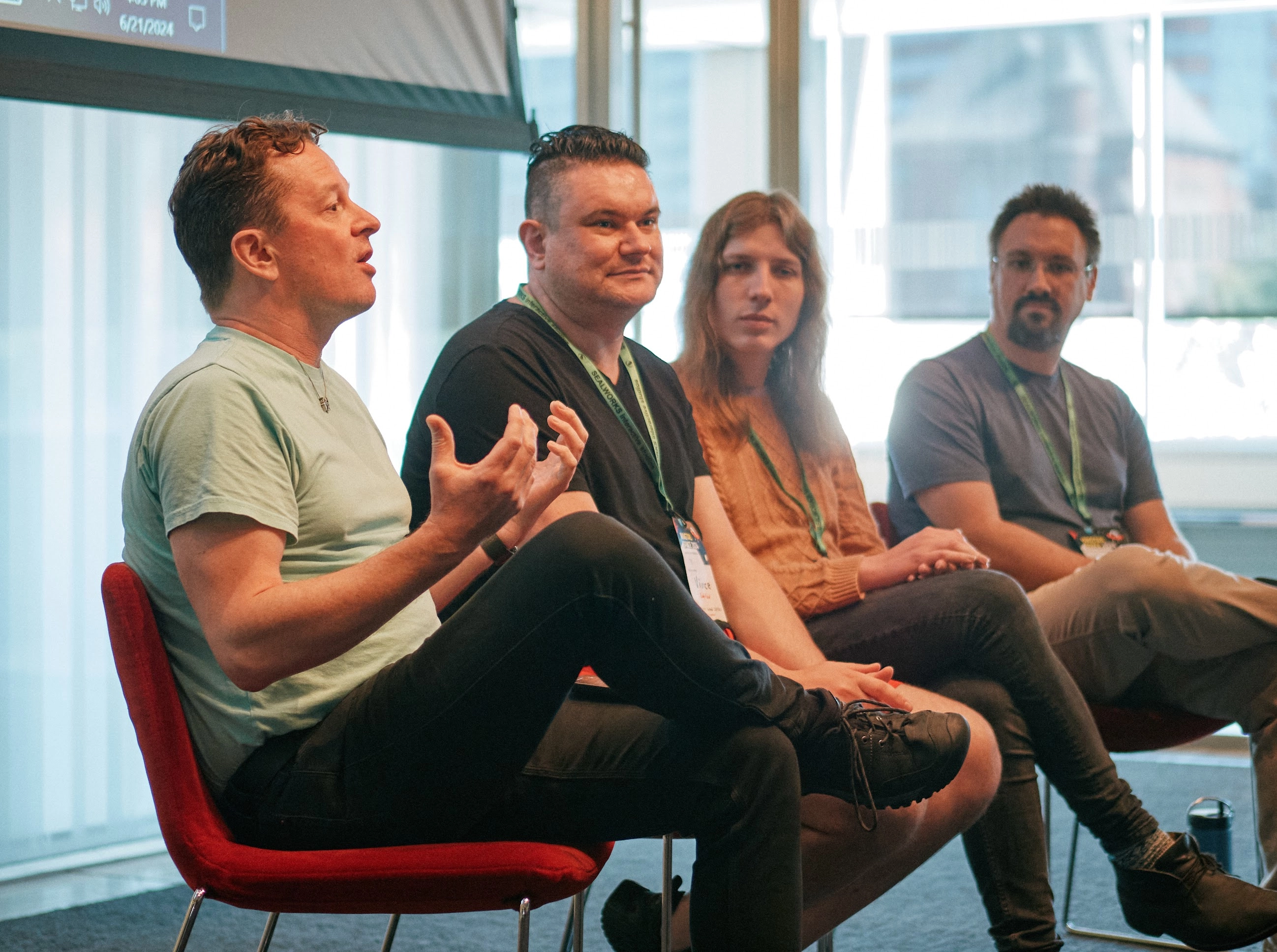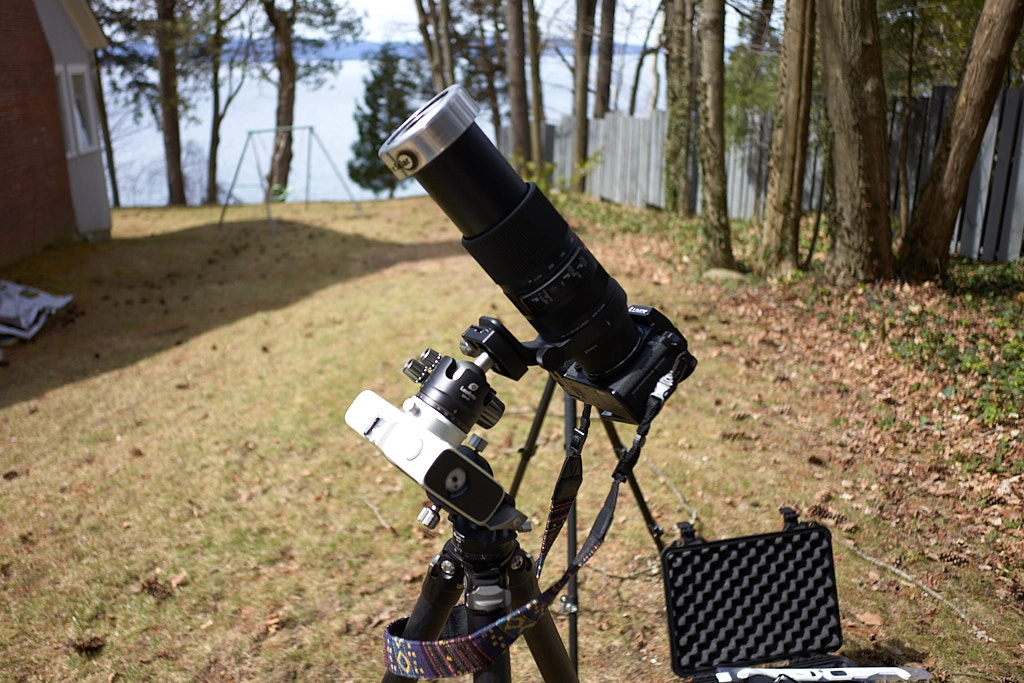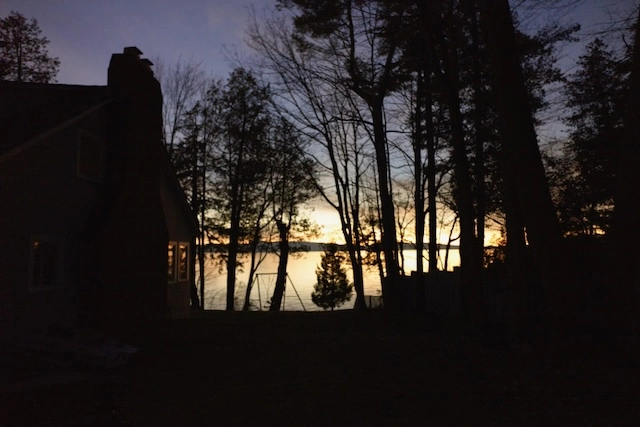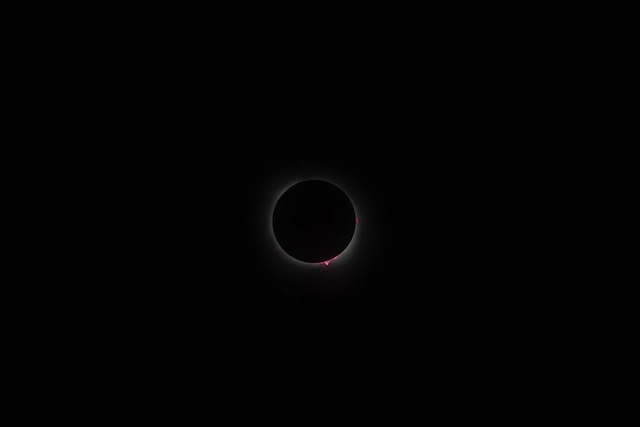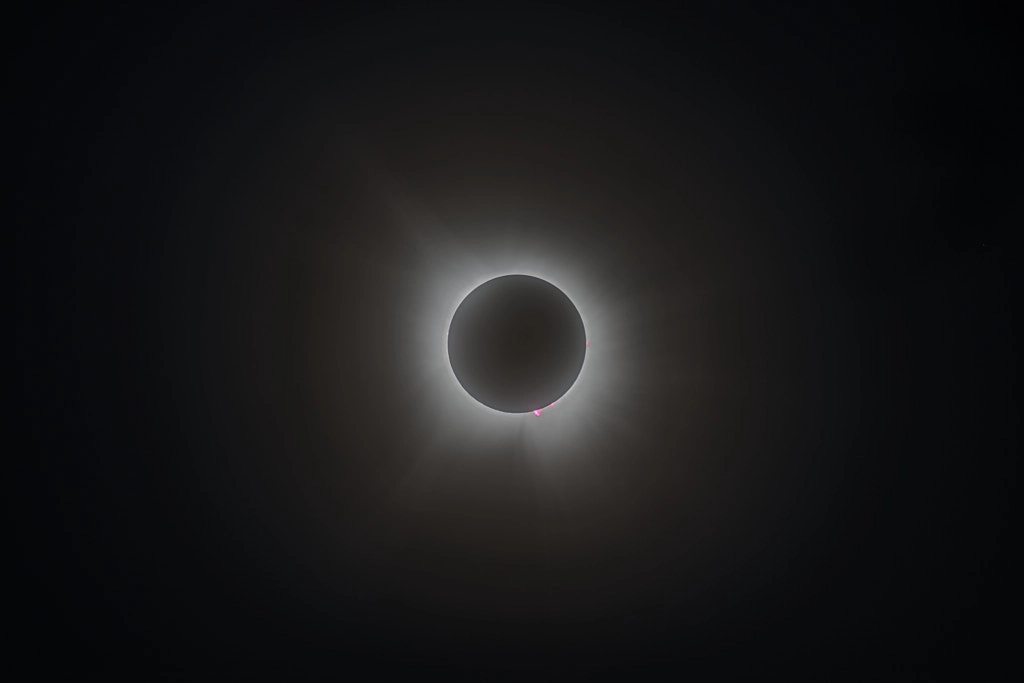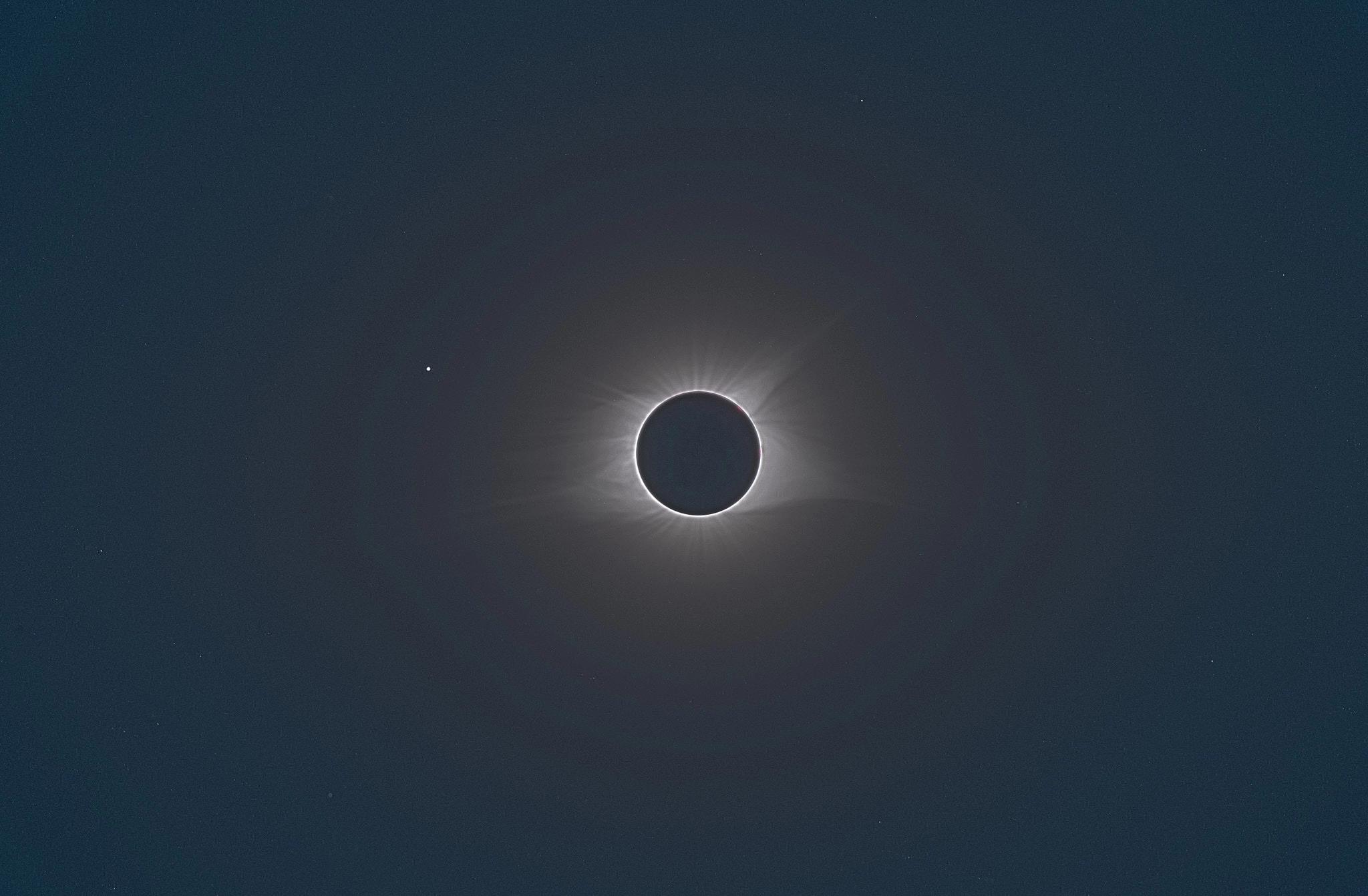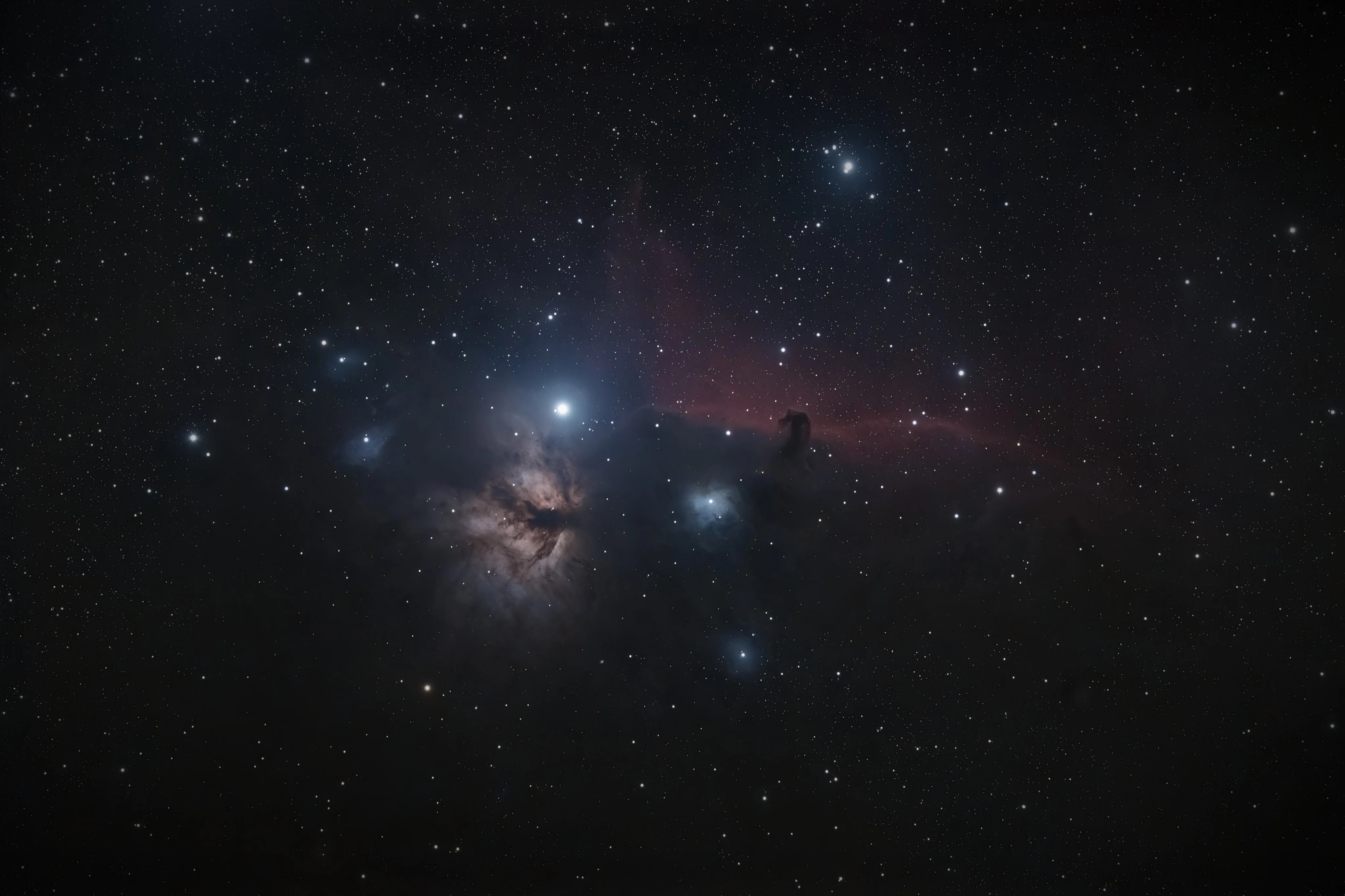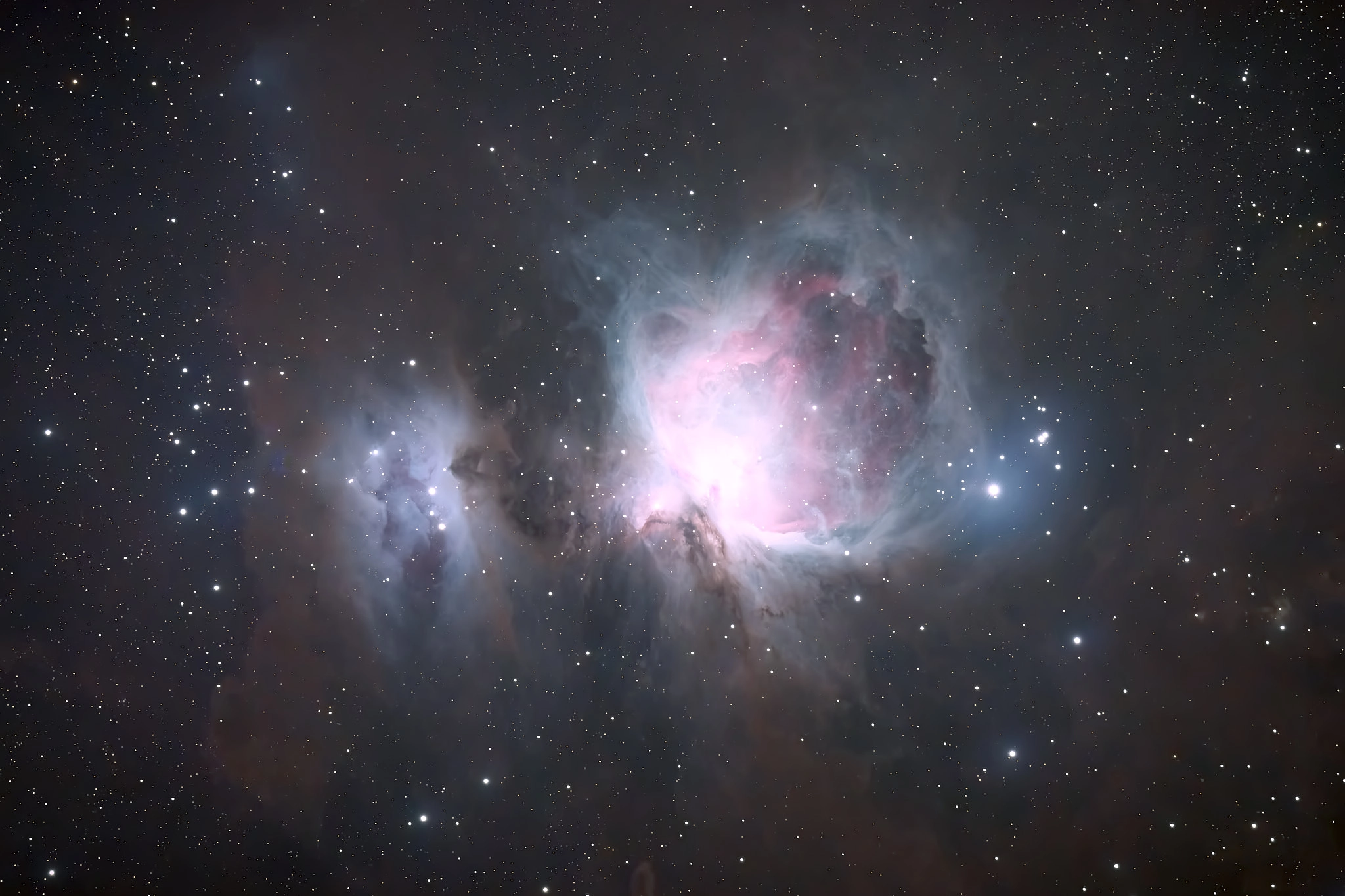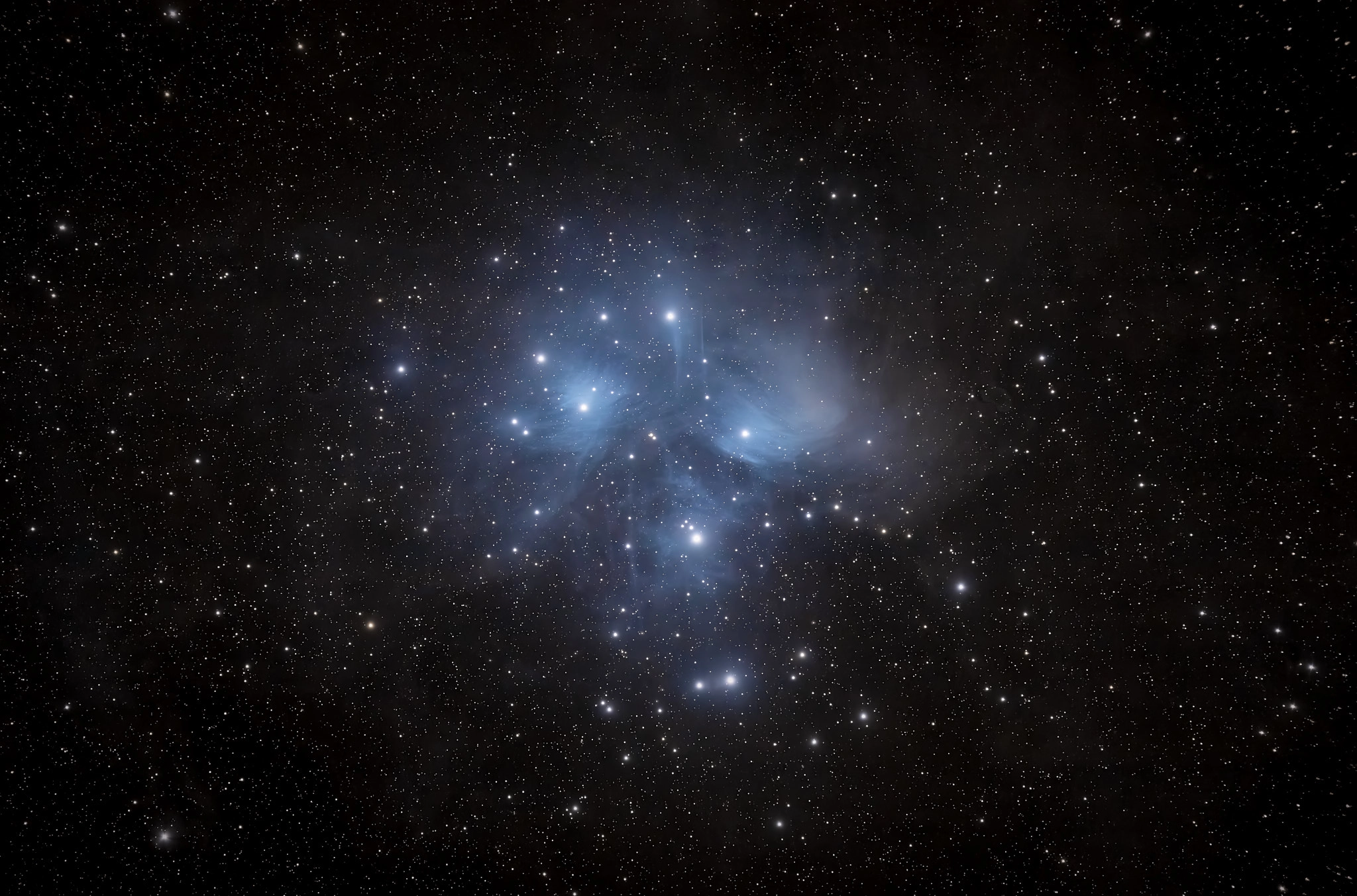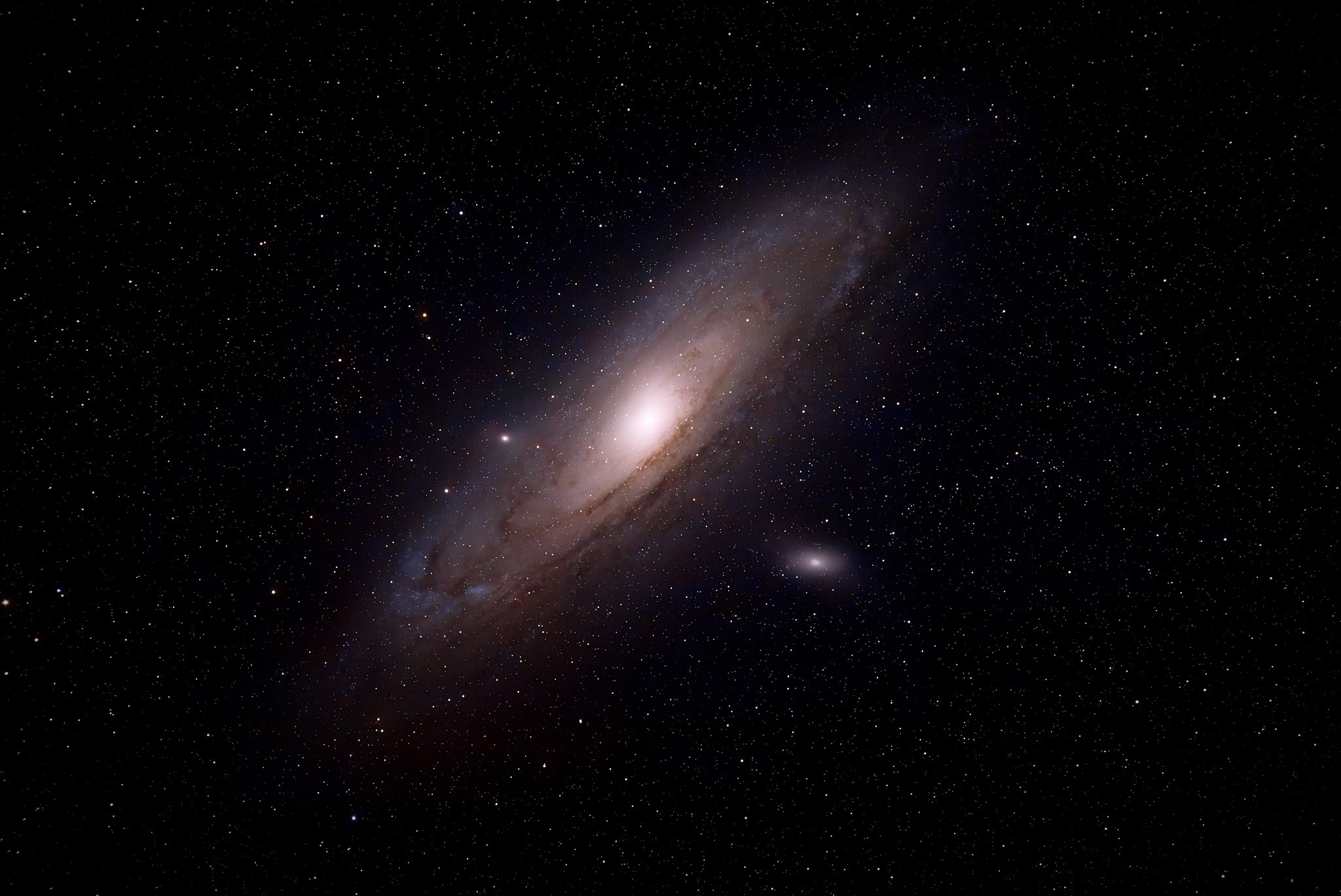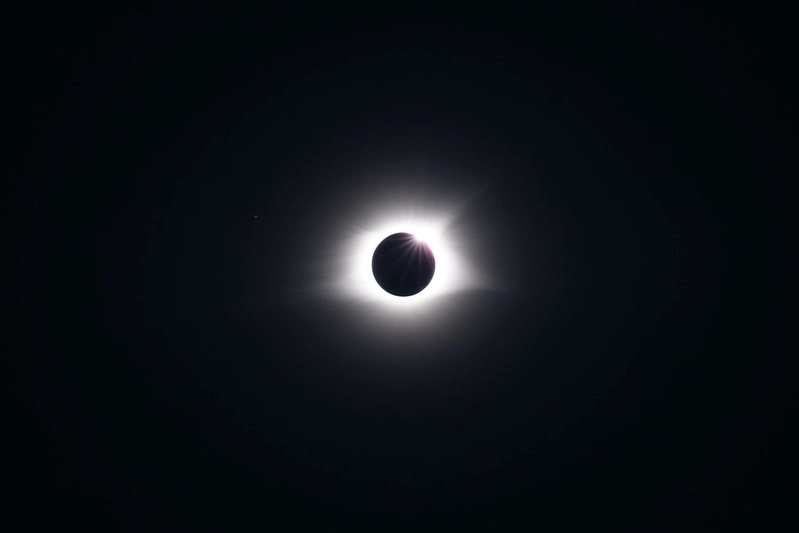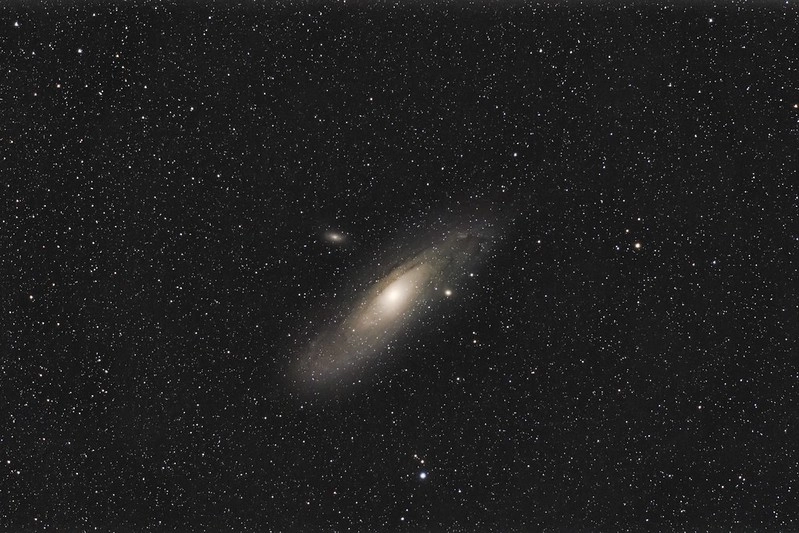The Sigma fp L is a strange little camera. Little because it’s barely larger than the the lens mount. Strange because it has a 61MP senso and some significant drawbacksquirks that you have to work around. But maybe that’s part of its charm.
I got it because I was intrigued by the size and the relative affordability it brought to that resolution. I’ve come around to thinking the fp L is the best camera for a certain photographic niche that I find myself in. It has exceptional image quality for lightweight walking/hiking travel, landscape and environmental photography. If you can work around those quirks.

All the reasons not to own one
The fp L has some significant drawbacks. It only has an electronic shutter, no IBIS, and slow sensor read-out. Combine these with the high sensor resolution and I have to be very careful with shutter speeds to avoid rolling shutter, banding in artificial light, and camera shake. There are situations where these are at odds, and in those, the fp L is not the right camera.
The screen doesn’t articulate in any way. This is somewhat unfortunate for type of photography I do with it where I’m out for a hike or walk without a tripod and might want to get low or high. But I also photo regularly with a Leica Q2 and M10-R, and used an X-Pro2 as my primary camera for many years, so it’s something I know how to work around. Still, there may be photos I don’t take because I don’t want to work the angles with my body.
Its startup time is slow, so it’s less suited for spur-of-the-moment shots than for more considered photos. You might think, you’ll just leave it turned on and asleep, except that battery life is pretty terrible. Third party batteries exist, are cheap, and quite small, and the camera will run and charge the battery from USB-C, so it’s fine I guess to carry a bunch of them. It is clearly a compromise for the size of the camera.
And the size is everything; it makes all of these problems worth overcoming.

So why would anyone want one?
Why do I own it then? A combination of the small size and sensor. It is perfect when I want to keep size and weight to a minimum, like when hiking. It’s 427g with the battery and SD card. My S1R II is almost twice that at 790g, and they’re both L-mount so any lens I use on either adds the same weight. It is only slightly larger than the body of a Sony RX1 series camera. But it’s not just the camera and lens, it’s what other lenses I don’t have to carry with it.

Its 61MP sensor reduces the number of lenses I need to carry. It might even mean I take one prime where I would otherwise have used a zoom. If I carry my 20mm lens, I can get a 35mm field-of-view equivalent crop that is still 34MP. I’ll often go out with just the 20mm lens or just my 35mm lens, and that’s enough for a day’s shooting. No photographer should be afraid of cropping, aggressively if needed, and 61MP gives plenty of room to crop with confidence. When I do take a zoom, like the Sigma 24-70 f/2.8 Art, the fp L with the handgrip is astonishingly comfortable to hold for a tiny rectangular box with a ridiculously oversized lens attached.
There’s one more thing that the fp L does for the occasional landscape photographer in-camera that no other camera does (that I’m aware of). It allows extremely low ISO. You can enable an “ISO Sensitivity Expansion” mode that enables ISO settings from 6-80—that’s 4 stops below the base ISO 100 sensitivity. At ISO 6, if I have a small tripod with me I can take shots I’d ordinarily have to get out an ND filter for. And given how little I want to carry, I don’t usually carry filters.
What about the quirks?

That’s all well and good, but enabling a lighter weight kit doesn’t overcome the issues I described above:
- Rolling shutter,
- Banding in artifical light
- Camera shake.
Not all of these apply to what I use the fp L for. I don’t use it as a general-purpose camera, and I don’t use it for any fast moving subjects (I have the S1R II for that), so rolling shutter doesn’t bother me (mostly).
The other two are the most common I ran into when I started using the fp L.
I occasionally use it in artifical light, and banding happens at the electrical line frequency. In the US this is 60Hz. I use auto-ISO with the “ISO Sensitivity Expansion” mode turned on, and I have a custom mode that sets a manual 1/125s shutter speed. The Sony sensor’s exceptional high ISO noise performance, and the fact that I’d rather get the shot and worry about noise later, means I don’t really worry about the ISO going up to compensate. At 1/125s I do have to be careful though, because of the other issue: camera shake.
Camera shake is my biggest issue. Most of the time I’m not under artificial light, so I have another custom mode that sets an auto-ISO minimum shutter speed of 1/500s. I have found this gives me a good amount of room for the type of shake I see when hand-holding the camera and lenses I typically use (either the large 24-70 f/2.8 Art or the small 35mm f/2 prime). Again I rely on the sensor’s high ISO performance and let the auto-ISO do what it needs to do to get the exposure correct.
Do I wish this camera had IBIS though? Yes.
If…
If you find you can work around all of these without them getting in your way (and that is a big if), the fp L is worth considering. The combination of such a tiny full-frame interchangable lens camera, a high resolution sensor, and superb image quality makes it a camera I keep reaching for.

